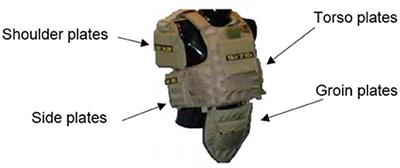ORIGINAL RESEARCH
Published on 25 Jul 2019
Phenotypic Variation of Cell Wall Composition and Stem Morphology in Hemp (Cannabis sativa L.): Optimization of Methods
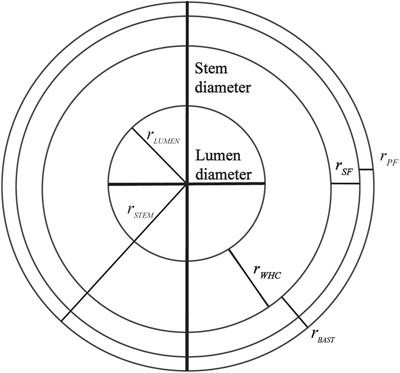
doi 10.3389/fpls.2019.00959
- 6,686 views
- 22 citations
14k
Total downloads
114k
Total views and downloads
ORIGINAL RESEARCH
Published on 25 Jul 2019

REVIEW
Published on 03 Apr 2019
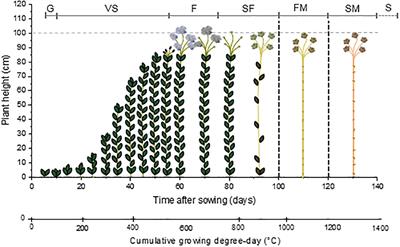
REVIEW
Published on 25 Feb 2019
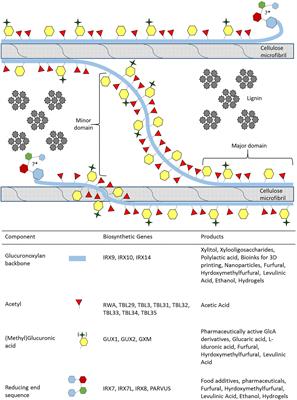
ORIGINAL RESEARCH
Published on 21 Feb 2019
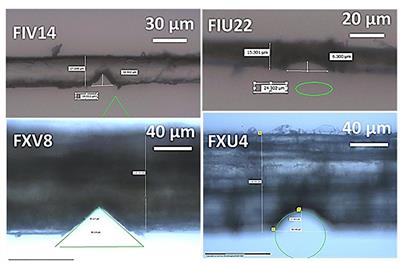
ORIGINAL RESEARCH
Published on 23 Nov 2018
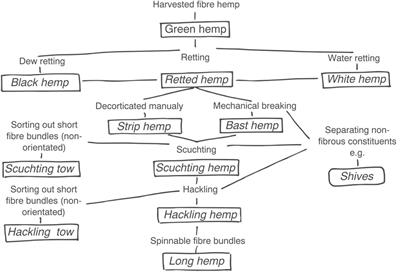
ORIGINAL RESEARCH
Published on 27 Aug 2018
